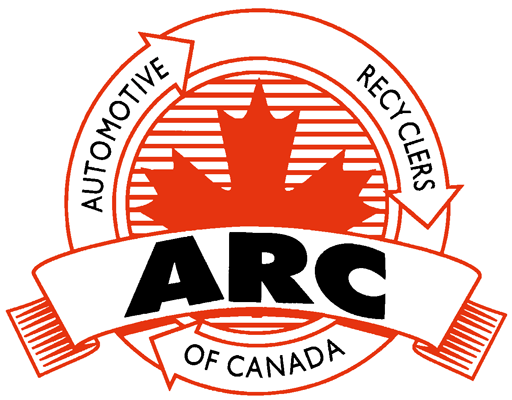There are a lot of things to consider when it comes to dismantling and recycling electric vehicles.
With electric vehicles having gained prominent media coverage over the last several years, along with the political push to get more of them on our roads, how these vehicles are properly handled when it comes to end-of-life, dismantling and recycling has also become increasingly important.
At the OARA Convention and Trade Show in Markham, Ont., this year, we had the opportunity to hear from several organizations that are actively involved in recycling hybrids and electric vehicles. Yet while we are seeing more growth and emphasis on specific practices related to EVs, there is still a lot to unpack, with different industry associations around the world at different levels in terms of understanding and tackling specific EV recycling issues.
A new category
Here in Canada, we started looking at the effects of vehicle electrification on auto recyclers around four years ago. Our strategy was that when we saw or heard someone talking about it, we would provide them with the opportunity to showcase our efforts at both a national and provincial level, demonstrating that ARC and provincial associations and their members are actively involved in processing all types of end-of-life vehicles and that EVs represent a new category within that process.
Due to their concept and design, electric vehicles essentially amplify the significance of the circular economy, from the mining of raw materials to manufacturing and eventually end-of-life dismantling, repurposing and recycling. In 2022 ARC, in conjunction with Natural Resources Canada’s Canadian Minerals and Metals Plan, put together a Road Map and Implementation Plan for the management of End-of-Life EVs. This Roadmap report was essentially a summary that presented a business case for a national training and capacity-building program for Canadian auto recyclers and dismantlers. The aim was to provide estimated three-year budgets and timelines, so they had the ability to properly manage and safely dismantle these vehicles.
More information required
While we’ve seen progress, more information and skills are required to conduct this on a larger, and more consistent scale. In the U.S., the Automotive Recyclers Association (ARA), has published a white paper in conjunction with Rejoule (a company dedicated to battery diagnostics technology) and this report essentially maps out the importance of battery health in the dismantling industry.
These resources represent a significant and positive step, as well as a foundation on which the recycling community can build, as well as working toward creating a set of standardized practices and protocols. Additionally, we’re also seeing more organizations that are focused specifically on the EV salvage and recycling process. At the OARA Convention, we had several vendors who presented their solutions. One of them was SalvageScan which provides a VIN decoding service and a range of values for recycling and repurposing EVs, as well as revealing the chemistry of the battery so that our members can better understand the value of that battery when they are bidding on vehicles.
From this, SalvageScan is also working with buyers, aggregators and recyclers to determine the value range for these vehicles and create a marketplace where they can receive bids on those batteries, helping to solve some of the economic issues surrounding EV recycling. Companies like Lithion Technologies which purchase and recycle EV batteries have also been very active and working directly with us and our members, representing further progress in this area.
There’s also the safety aspect. On this front, ARC has been working on accumulating resources, through associations and other entities. One solution that’s proving useful is an app called EV Rescue which was originally developed for use by first responders when dealing with crashes involving electric vehicles. It provides information on a whole range of EV information such as battery location, jacking and stabilization points, cable cut areas and high voltage disconnects. Armed with this information, dismantlers and safely and efficiently work with these vehicles.
While a lot of emphasis is being placed on batteries when it comes to recycling EVs, there is still a lot of profitability and value in dismantling parts and recovering and reusing raw materials. A good example is the permanent magnets inside the electric motors. They are difficult to extract, but companies like Cyclic Materials are showing that it can be done and it all ties back into organizations like SalvageScan and the larger circular economy. While there are still gaps that need to be filled regarding EV recycling knowledge and expertise, those gaps are starting to be filled, creating an opportune environment for the industry, especially as more EVs hit the market and find their way into the hands of auto recyclers across Canada.
Article originally appeared in Autosphere » Collision 10 April 2024
